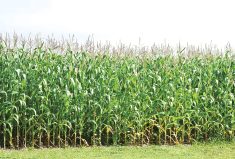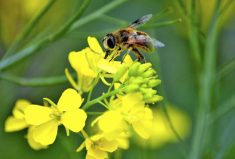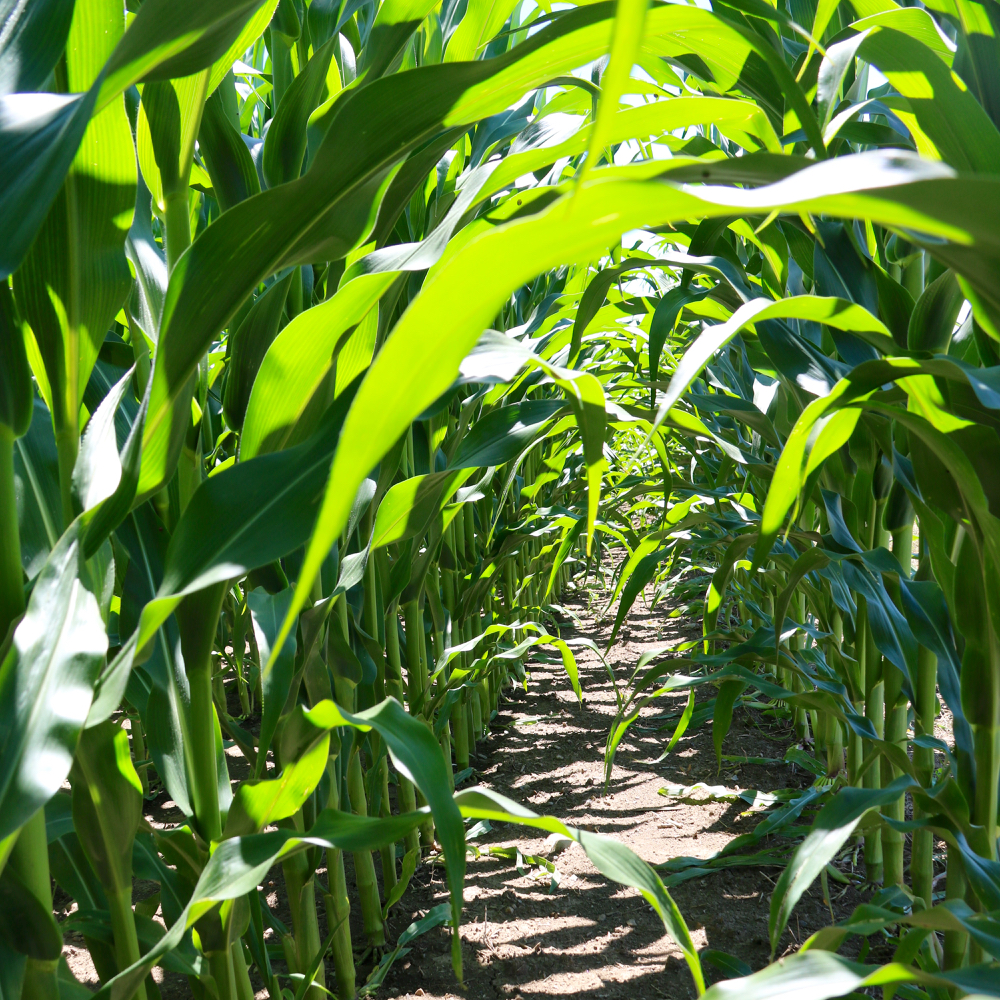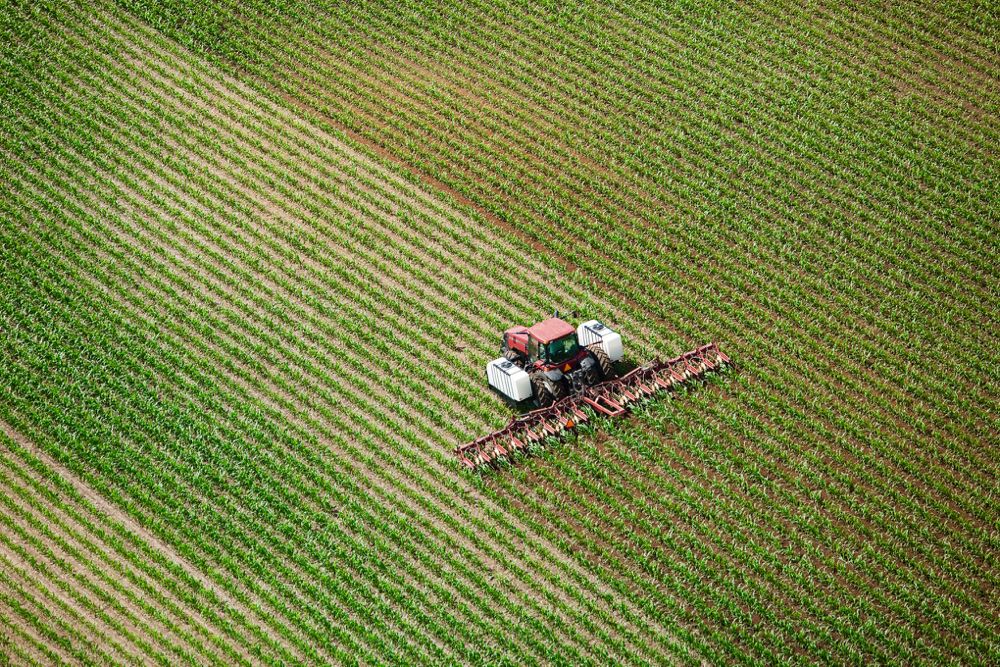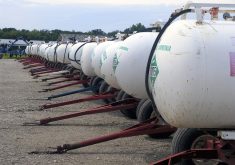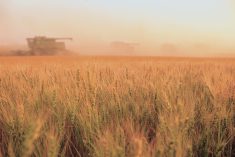Could Ontario’s farm sector simultaneously save money, reduce food waste and improve its collective carbon footprint? Representatives for biosolids and other alternative fertilizers think so.
While different products bring different considerations and cautions, alternative fertilizers can bring agronomic and environmental benefits.
Alternative fertility products offer crop producers a cheaper option to traditional fertility products, says Paul Purser, field operations supervisor for Veolia Canada.
Read Also

The forced Japanese-Canadian farmers of the Second World War
Manitoba’s sugar beet farms drew on displaced Japanese-Canadians from B.C. during the Second World War
Why it matters: Alternative fertilizers are cheaper than conventional fertility products and some can be generated domestically from organic waste. Products must be treated as fertilizer within a 4R strategy to be useful and environmentally friendly.
The lower cost of biosolids stems in part from widespread availability. Every municipality has organic waste collection services, whether for food waste, sewage, or both. Once processed and treated according to federal standards, Purser says waste products can be used as part of a circular food production system.
While many products are available in Ontario, regional availability is also required to encourage widespread use and that is a barrier.
According to Samantha Halloran, product manager for Lystek, and Tom Harz, general manager of biosolids recovery at N-Viro Systems Canada, many municipalities aren’t set-up for the recovery and processing of food and other types of waste.
In Nova Scotia, food waste has been banned from landfills since the late 1990s. Halloran and Harz say there is “untapped opportunity” for more recycled, soil-enriching products to reach Ontario fields should municipalities and their provincial and federal counterparts invest in waste capture infrastructure.
They argue that increasing waste-management infrastructure with an eye to domestic fertilizer production is low-hanging fruit.
Domestic fertilizer production would also alleviate some of the stresses created by just-in-time delivery models.
“We’ve got to get it out there that this is a good thing,” says Purser, referring to the challenge posed by the “ick” factor associated with using waste and sewage. “I think there’s a biosolid product near everybody.”
Consider the nutrient profile
One of the best things about biosolids, compost and other types of alternative fertilizers is the soil organic matter, says Christine Brown, soil fertility specialist with OMAFRA. They are particularly valuable to farmers without access to livestock manure.
Not all amendments include equal amounts of macro and micronutrients, however. Some products have abundant phosphorus but lack potassium, for example. Growers need to know whether a product addresses fertility needs.
“You’re getting organic matter basically for free, and the microbes. You may be getting phosphorus or potassium, depending on the product,” says Brown.
“You want to know what you’re getting. This is a fertilizer source that still needs to follow the 4Rs. That’s the message — don’t treat it like it’s a waste product because it can have an environmental impact.”
Application strategy also matters for some products. Food waste digestate, for example, has high ammonium levels so it must be immediately incorporated to avoid volatilization.
“That’s part of knowing these products. It’s knowing so you can use it as intended,” says Brown. “The label on these products when registered through CFIA needs to guarantee a minimum value. Often the label is significantly lower than the actual nutrient content.”
Additional concerns
Brown highlights two more barriers to more widespread use of alternative fertilizers: extra paperwork (for some products); and concern that trace amounts of unfriendly compounds like metals and hormones will be introduced along with desired nutrients.
Brown advises strategic use.
“I wouldn’t be applying it every year at the highest rate. Just because it doesn’t have to have a [non agricultural source material] plan, I would maybe use it once in a rotation.”
Some companies directly incorporate product, which gives purchasers a better bang for their buck and reduces potential odour. That has helped changed perceptions about biosolids and digestate products, says Brown. Overall, demand for alternative fertilizers is increasing.
Purser and Harz say demand is outpacing supply.






